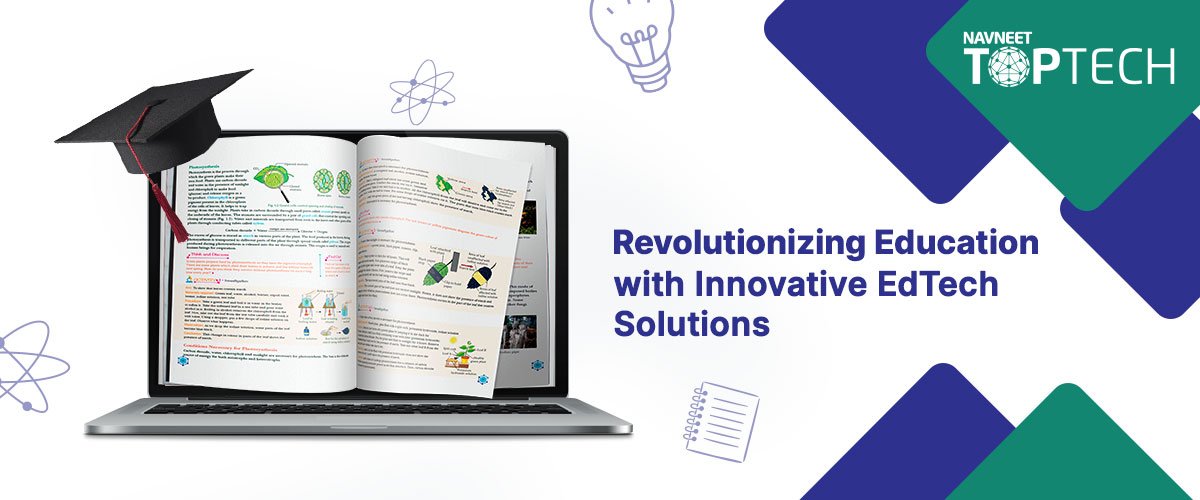Introduction
Creativity is the process of producing something new and original. It can be expressed in many ways, such as through art, music, and literature. Creativity is important because it helps us think outside the box and solve problems in a unique way that no one else has thought of before. Creativity is an essential part of education as it encourages students to think critically about their surroundings, which helps them develop critical thinking skills that help them in their future careers or studies. The CBSE curriculum already includes some elements of creativity; however there are still many opportunities for teachers to incorporate more creative activities into their lessons so that students can better engage with content while learning about different topics within each subject area
Encouraging Creative Thinking
One of the most effective ways to encourage creative thinking is by providing opportunities for exploration. This can be done through asking open-ended questions and fostering collaboration, both of which will help students think critically about their ideas.
In addition to these two methods, you may also consider implementing some form of project-based learning into your curriculum. Project-based learning allows students to apply their knowledge in real-world situations, which often leads them down unexpected paths and inspires them with new ideas along the way.
Integrating Creative Thinking into the CBSE Curriculum
Creative thinking is an important skill that can be developed through the use of technology, activities, and projects. Here are some ideas for integrating creative thinking into your classroom:
- Encourage students to solve problems creatively by giving them time to think about the problem and try out different solutions before coming up with a final answer. This will help them develop their own unique way of solving problems, which they can apply later in life when faced with similar issues.
- Use technology such as iPads or laptops so that children are exposed to new ways of learning through multimedia tools such as videos, animations and games. These activities will help them think outside the box while also developing their creativity skills at the same time!
- Integrate art into lessons by encouraging children who are interested in drawing or painting after school hours instead of spending all day studying textbooks (which may not even interest them). It’s important not only because it helps build confidence but also because these kinds of activities have been shown time and again how beneficial they are for overall brain development.”
Developing Creative Thinking Skills
Imagine a classroom where students are encouraged to think critically, collaborate, and solve problems. A classroom where they are given the chance to develop their creativity and imagination through project-based learning. This is not just a dream, but an achievable reality if we take some time out to teach our children these skills early on in their academic journey.
Here are some ideas that you can use for developing creative thinking skills:
- Teach critical thinking – Critical thinking is one of the most important skills needed for success in life today, as well as tomorrow’s economy. It involves analyzing information from multiple sources before making decisions or judgments about it; this helps us make better decisions based on facts rather than assumptions or feelings alone!
- Foster a growth mindset – A growth mindset refers to how we view our abilities (or lack thereof) as something that can be developed over time through hard work rather than being fixed at birth like most people believe them to be.. For example: If someone tells me “I am not good at math” then I will probably believe them because what else am I supposed to do? But if someone says instead “I’m terrible at math right now but maybe someday soon I’ll get better at it!”
Assessing Creative Thinking
- Encourage students to reflect on their own creative thinking.
- Use rubrics to assess projects.
- Provide feedback on student work, especially when it comes to creativity in the classroom.
Conclusion
Creativity is an essential part of learning. It helps us to think outside the box, solve problems, and develop new ideas. Creativity can be incorporated into the CBSE curriculum and teachers must be equipped with the skills to do so.
Creative thinking can be encouraged by incorporating it into everyday activities such as art or music classes, where students are encouraged to express themselves through their work. Teachers should also encourage students to share their ideas with others so that they can get feedback on how they could improve them further (this will help build confidence).





